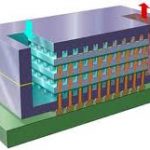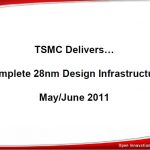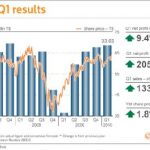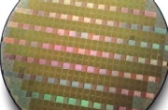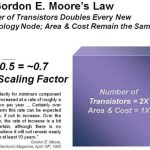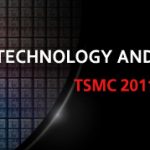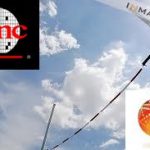While Intel is doing victory laps in the race to a 3D transistor (FinFet) @ 22nm, TSMC is in production with 3D IC technology. A 3D IC is a chip in which two or more layers of active electronic components are integrated both vertically and horizontally into a single circuit. The question is which 3D race is more important to the semiconductor industry today?
Steve Liebson did a very nice job in his blogs: Are FinFETs inevitable at 20nm? “Yes, no, maybe” says Professor Chenming Hu (Part I) and (Part II). DR. Chenming Hu is considered an expert on the subject and is currently a TSMC Distinguished Professor of Microelectronics at University of California, Berkeley. Prior to that he was he was the Chief Technology Officer of TSMC. Hu coined the term FinFET 10+ years ago when he and his team built the first FinFETs and described them in a 1999 IEDM paper. The name FinFET because the transistors (technically known as Field Effect Transistors) look like fins. Hu didn’t register patents on the design or manufacturing process to make it as widely available as possible and was confident the industry would adopt it. Well, it looks like he was right!
In May of this yearIntel announced Tri-Gate (FinFET) 3D transistor technology at 22nm for the Ivy Bridge processor citing significant speed gains over traditional planar transistor technology. Intel also claims the Tri-Gate transistors are so impressively efficient at low voltages they will make the Atom processor much more competitive against ARM in the low power mobile internet market. Intel has a nice “History of the Transistor” backgrounder HERE in case you are interested.
Time will tell but I think this could be another one of Intel’s billion dollar mistakes. A “significant” speed-up for Ivy Bridge I will give them, but a low power competitive Atom? I don’t think so. TSMC’s 3D IC technology on the other hand is said to achieve performance gains of about 30% while consuming 50% less power. Intel already owns the traditional PC market so trading the speed-up of 3D transistor technology for lower power planar transistors is a mistake. A mistake that will allow ARM to continue to dominate the lucrative smartphone and tablet market.
Intel also does not mention 22nm Tri-Gate manufacturing costs which is key if they are serious about the foundry business. I still say they are not serious and this is another supporting data point. Foundry capacity will soon outpace demand so low manufacturing costs will be a critical competitive advantage.
TSMC has chosen to wait until 14nm to bring 3D transistor technology to the foundry business. Given that TSMC is the undisputed foundry champion and the father of the FinFet is a “TSMC Distinguished Professor of Microelectronics at University of California”, my money is again on TSMC. I won my previous bet of Gate-last HKMG (TSMC) versus Gate-first (IBM/Samsung) so I’m letting it ride on 14nm being the correct node for FinFets.
Note: You must be logged in to read/write comments

